Overview
My Responsibilities:
-
Crafting the vision of the game;
-
Prototyped mechanics, items, enemies, and puzzles;
-
Implementing player movement, items, UI, and character animation;
-
Managing the team (keeping everyone on schedule, assigning tasks, etc.);
-
QA (checking levels for visual consistency, missing elements, finding and reporting bugs, etc.);
-
Creating all music and sound effects.
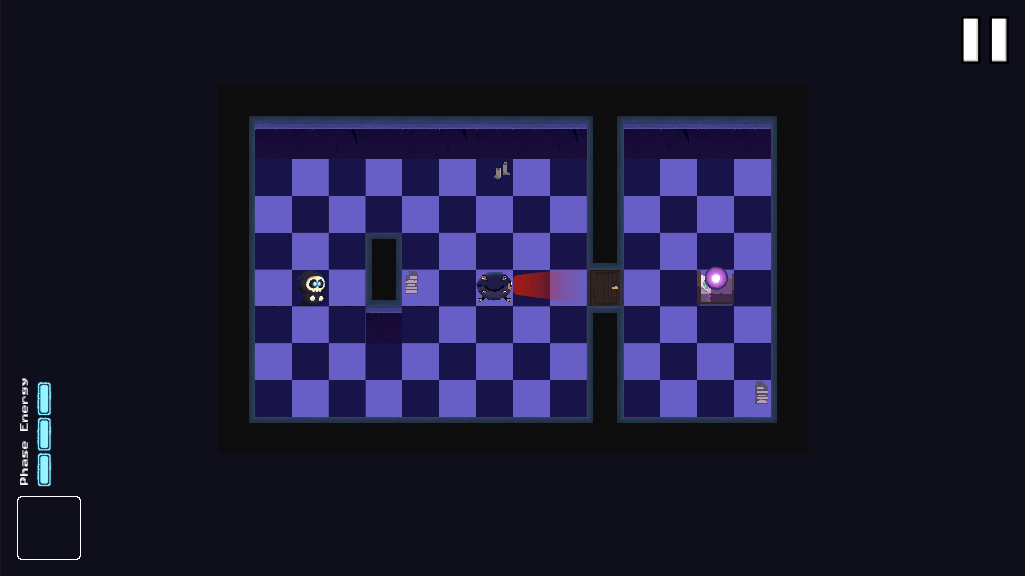
Dream Reaper is a turn-based puzzle game where players solve puzzles and evade monsters to reach the level's goal. It ranked in the top 25% of submissions for Ludum Dare 52 in the overall category.
Design
The idea for Dream Reaper was to give players minimal actions but to design each with hidden applications left for the player to discover. Through this design, we felt we could make a game that is simple on the surface, but has hidden depth to it that players can choose to explore as they please.
An example of one of these hidden techniques is found in the game’s phasing mechanic. The player has a phase ability that they can use to pass through doors in each level. The game introduces this to the player only as a way to get past doors that block their path. Players also learn that doing this consumes one of their three ticks of phase energy for the level. There are more applications of this ability than just getting past doors, though. The player can also phase through empty tiles without using phase energy. Using this technique is a part of the solution to level 11. Since players aren’t explicitly taught to use phasing like this, they come away feeling they discovered this technique on their own.
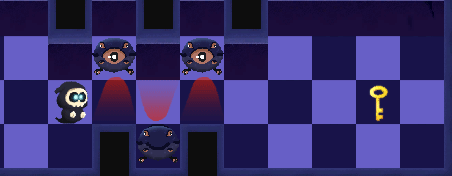
Example use-case for phasing without going through an obstacle.
The simplicity of the game's mechanics make it quick to teach to players and easy to pick up. The depth created by hidden techniques gives players more to explore without adding extra complexity to a casual playthrough.
Hidden Technique Examples
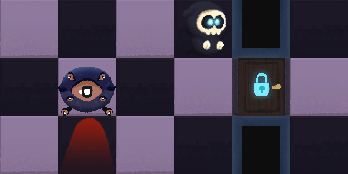
"Door Bump"

"Beam Phasing"
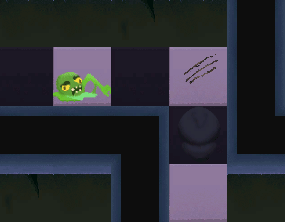
"Enemy Bump"
Programming
I designed and implemented several systems for Dream Reaper. Here are some specific examples of my contributions:
Player Code
I was in charge of implementing the player code. This includes all player movement (including interactions with other entities), player abilities (phasing; picking up and using items), player death, and code-based animations.
Code Snippet – Phasing
The following code handles the logic for checking if a player can phase through whatever is in front of them and for actually phasing.
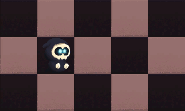
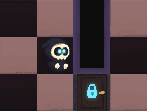

Different kinds of phases
Code Snippet – Using an Item
The following code shows the implementation for using the scythe item, which kills the enemy in front of the player if there is one.
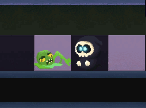
Using the scythe
Code Snippet – Phase Animation
The following code controls the animation for the phase action, with different animations for different states (phasing through a door, phasing through nothing, phasing through an invalid obstacle, etc.).


